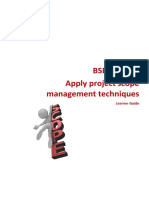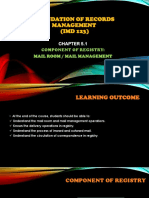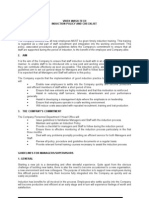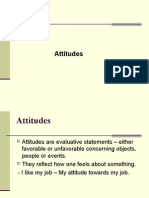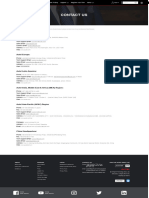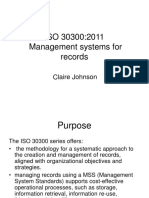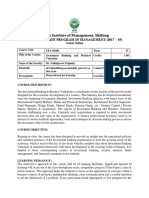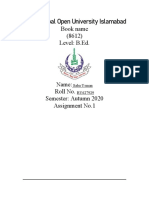0% found this document useful (0 votes)
46 views13 pagesModule 7 - Filing Systems
Module 7 focuses on the importance of establishing an efficient filing system for effective record management in a business. It outlines the steps to create, categorize, and maintain a filing system, emphasizing simplicity, consistency, and accessibility. A well-organized filing system enhances productivity, reduces risks during audits or litigation, and improves overall customer service.
Uploaded by
cloetemargrethCopyright
© © All Rights Reserved
We take content rights seriously. If you suspect this is your content, claim it here.
Available Formats
Download as PDF, TXT or read online on Scribd
0% found this document useful (0 votes)
46 views13 pagesModule 7 - Filing Systems
Module 7 focuses on the importance of establishing an efficient filing system for effective record management in a business. It outlines the steps to create, categorize, and maintain a filing system, emphasizing simplicity, consistency, and accessibility. A well-organized filing system enhances productivity, reduces risks during audits or litigation, and improves overall customer service.
Uploaded by
cloetemargrethCopyright
© © All Rights Reserved
We take content rights seriously. If you suspect this is your content, claim it here.
Available Formats
Download as PDF, TXT or read online on Scribd
/ 13









